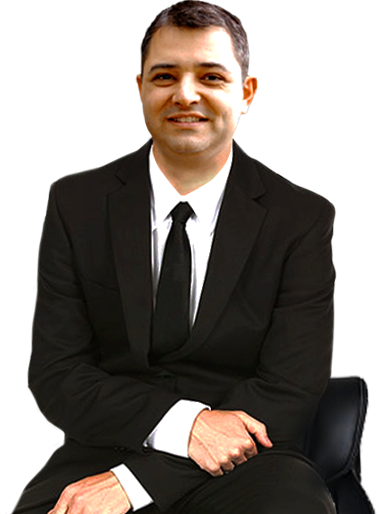Bunion Surgery
Minimally Invasive Bunion Surgery
Bunion is latin for turnip. It is also the bump at the base of your big toe. The medical name for this condition is Hallux Valgus. It only requires treatment if it is painful or interfering with shoes, and the first line treatment is conservative, with wide, deep toe-box footwear, silicone pads, sleeves or insoles. Surgery is required only if pain and/or difficulty wearing shoes persists despite conservative measures.
There are many different surgical techniques for treating bunions (more than 100). I am trained in, and use, many different techniques depending on the degree of deformity, site of deformity, stability of the first ray, and other local and patient specific factors.
Amongst orthopaedic surgeons in Australia, the Scarf/Akin osteotomy is the most common technique. This is a great technique and I perform this frequently with good results. It involves a 5-7cm incision centred over the bunion and a 2-3cm incision in the web space to balance the ligaments around the base of the big toe.
The Minimally Invasive/Percutaneous osteotomy technique for bunion correction is a modification of an established, simple and effective technique known as a Chevron osteotomy. This is also usually combined with a wedge osteotomy of the big toe (Akin osteotomy). The bone cuts are performed under X-Ray guidance through 4-5 small (~3mm) skin incisions. The bone is realigned and held in place with screws. There is less cutting and suturing of soft-tissues (ligaments and skin) with the minimally invasive technique. The minimally invasive technique is considered by most foot and ankle surgeons (myself included) to be more technically demanding. I trained in this technique during my fellowship with Dr. Peter Lam and I am a member of GRECMIP. Not all patients and bunions are suitable for this technique.
With either technique the post-operative course is similar. Walking on the foot is permitted on the day of the surgery with a hard soled sandal and it takes 6 weeks for the bones to heal. Swelling typically persists for several months. The risk of complications is similar.









